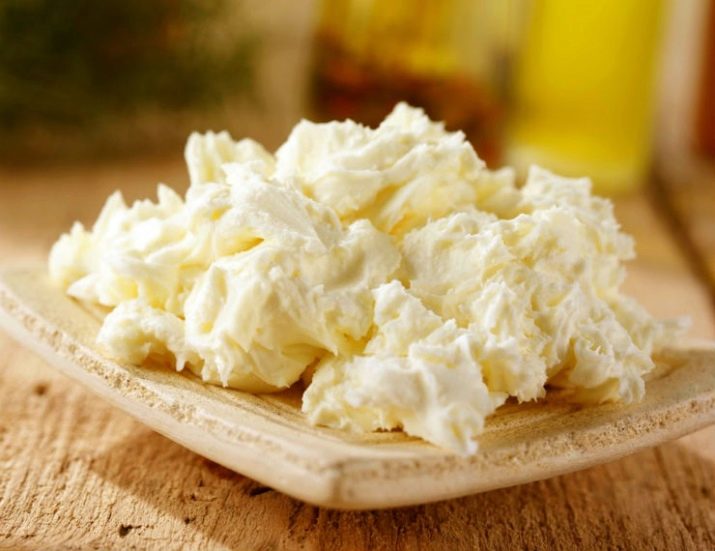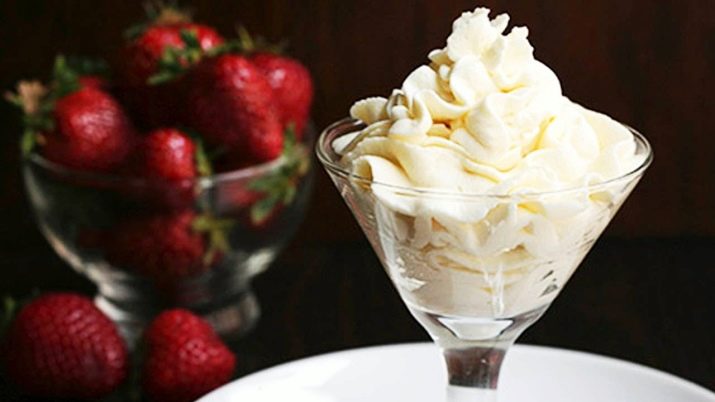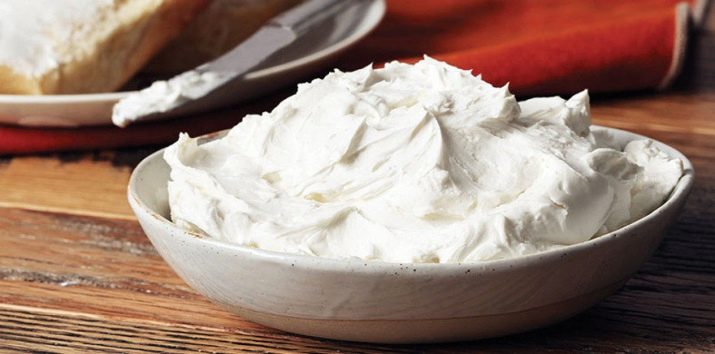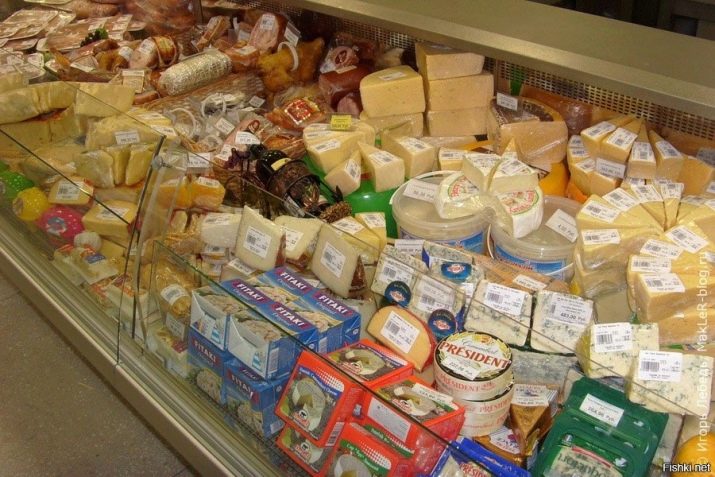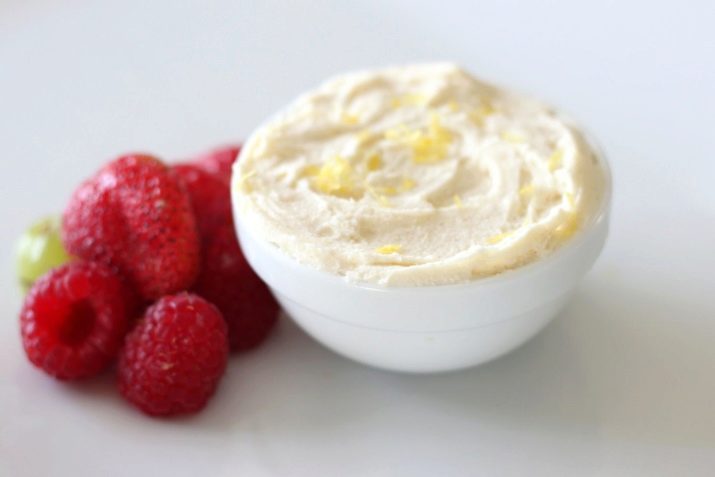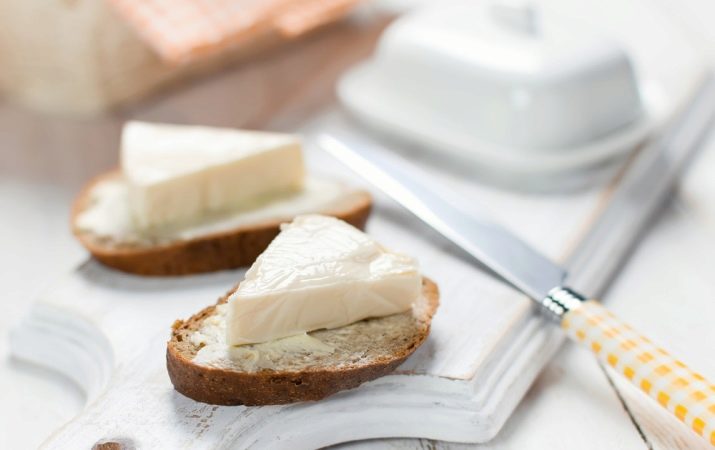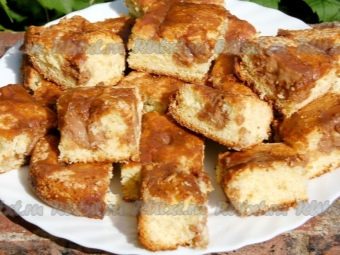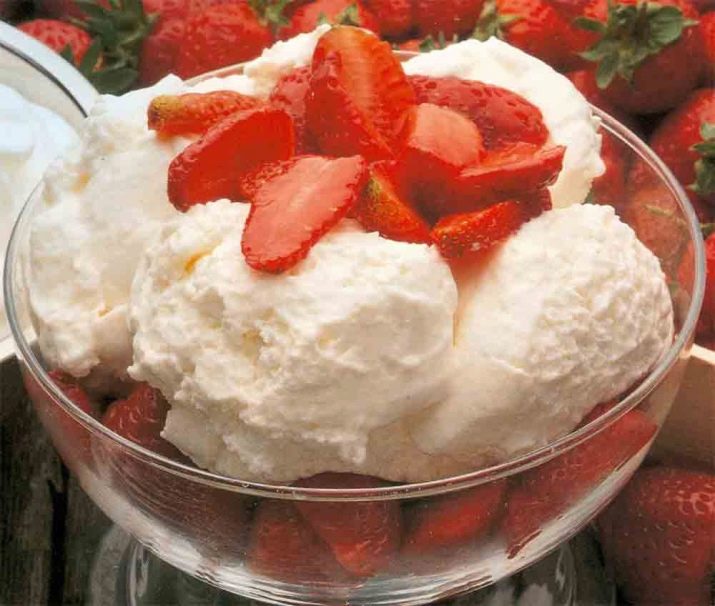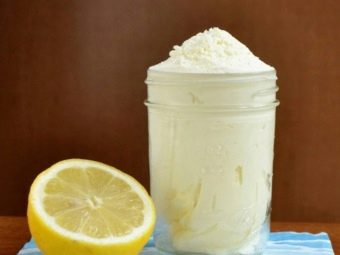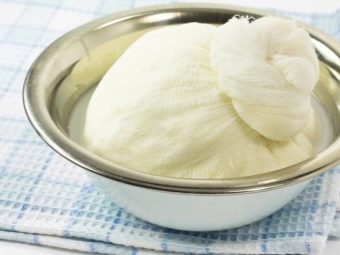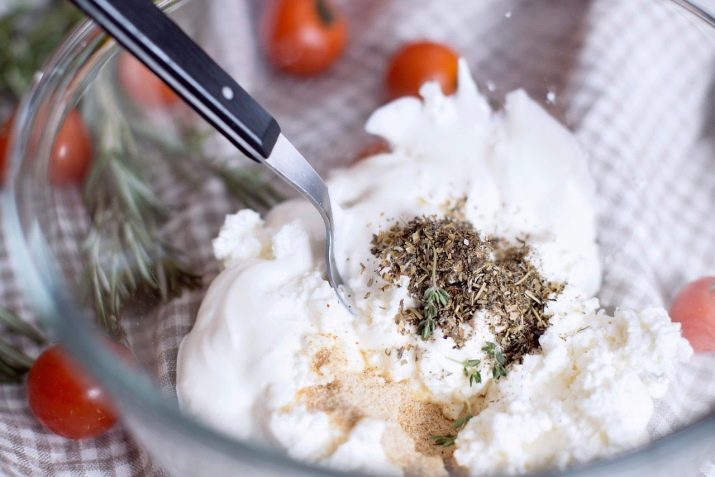Mascarpone cheese: what is it and how can it be replaced?

In many recipes, you often come across the name of Mascarpone cheese.But mediocre cooks do not always understand what it is, and sometimes they even try to simply replace it with cottage cheese, expecting a stunning effect from the dish. With this article we want to help figure out what kind of product it is, where it came from, what it is eaten with. And also we will try to offer options for replacing this cheese for different dishes.
Acquaintance
The first association that occurs when the name Mascarpone is pronounced is gentle. It really is one of the softest, freshest, and incredibly delicious dairy products, which is even more like cream than cheese. This cheese belongs to the group of fresh ones, i.e. its preparation does not require pressing or soaking in saline solutions like solid varieties, therefore it has such a delicate structure. It is ready for packaging no more than a day after preparation.
The main value of such cheeses is their rich taste and light, airy texture, but the shelf life is extremely small.
In order to get Mascarpone cheese, do not use any enzymes. The fermentation of milk protein is derived from the addition of acids: acetic or citric. Due to the absence of rennet, which is of animal origin, this cheese is suitable for vegetarians.
The finished product has a uniform texture that resembles a cream, and the color gamut can vary from a snow white to a slightly beige shade. It has a thin and light sweetish aftertaste, so it is widely used in addition to salty and sweet dishes.
Story
The birth of this cheese occurred in Italy, namely in the region of Lombardy, in its north. Rumor has it that his appearance was a coincidence of the necessary circumstances: by the end of autumn it was necessary to eliminate a large amount of rich cream, so that the Mascarpone recipe was invented. In those days (the end of the XVI - the beginning of the XVII century) it was prepared from cream of buff milk, which today is rather rare, therefore, in the modern interpretation of Mascarpone, it is prepared from ordinary high fat cream. They are heated to 90 degrees, and to increase the rate of coagulation add acetic or citric acid, resulting in the cheese mass is separated from the whey. The separation of the cheese itself from the liquid occurs due to the placement of the mixture in a fabric bag.
Around the appearance of the name of the cheese hovers several versions.
- The most common story is that this milk product received the name from Lombard's mascarpia, which translates as ricotta. Both cheeses are very similar in production technology.
- A more interesting version is the origin of the Spanish phrase: “Mas que bueno” (“More than good”), which was enthusiastically pronounced by a nobleman, who first tasted the most delicate cheese.
- Some argue that earlier the cheese had the name "mascherpa", which was transformed into today's familiar name.
- According to one journalist, cheese got its name from the farm where it was first revealed to the world.
Previously, this cheese regaled the upper classes of nobles and nobles, and now it is available for purchase in almost every major supermarket. Today, production points are located not only in Lombardy, but also in other areas of Italy.
This product is traditionally recognized as Italian, and therefore its production is under strict quality control, because Italy is proud of its culinary invention.
Benefits and contraindications
It is well known that dairy and dairy products equip the body with protein and calcium. Mascarpone is no exception, but it has less of these elements than in solid varieties. It is known that 100 grams of the product contains about 12% of the daily calcium requirement, which is also quite a lot. Therefore, to strengthen the bone system, teeth and hair is quite likely if you regularly use this cheese.Due to the fact that cheese does not ripen in a saline solution, its taste is rather neutral, and the content of sodium chloride is minimal, which is beneficial for the body, because a large salt intake causes fluid retention, increases the risk of heart disease.
Vitamin composition is as follows: A, B, C, PP. The largest mass fraction is vitamin A, which is indispensable for normal functioning of the organs of vision. B vitamins accelerate the body's metabolic processes and have a positive effect on the nervous system. Regular consumption of this cheese helps to cope with stress, supports the cardiovascular system, promotes the growth of muscle tissue, strengthen bones, teeth.
Mascarpone is very rich in antioxidants, which are essential for cleansing from slags and toxins that accumulate in cells. There is one important amino acid in this cheese - tryptophan, which strengthens nerve fibers, which makes it easier to endure stress, and anxiety and insomnia disappear. Harm this product can bring only by the fact that it is very high in calories - 400-500 kcal.
The main share in the BJU formula is occupied by fats, so excessive consumption of cheese can adversely affect health. Also, the product contains a lot of cholesterol, which is why a serving size with a balanced diet should be about 30 grams per day.
Because of its fat content, this cream cheese is contraindicated:
- babies who are under 2 years old;
- hypertensive patients;
- people who are overweight;
- individuals suffering from pancreatitis;
- in cardiovascular and renal diseases;
- having liver disease (especially hepatitis);
- with high cholesterol.
Also, the product is banned for those who have an individual intolerance to cow's milk.
Application
Mascarpone has practically no bright taste, but it has the softest texture and an incredibly rich creamy taste. Therefore, most often based on it prepare dressings and cream fillings for sweet and salty dishes. It creates the perfect range with hot spices, salty anchovies, bitter and fragrant mustard, and is therefore used to make snacks. Tandem with baked vegetables will be a culinary masterpiece in any kitchen.
Due to the unique property of this cheese, do not settle, do not spread out from high temperatures, it can be used as a filling for ravioli, layered pies and casseroles. At the base of Mascarpone, you can create a wonderful sauce for pasta or pizza. You can eat dairy-cream perfection on your own by combining it with fruit or spreading it on bread. You can also add some cheese to the soup or coffee instead of cream.
It is difficult to describe in words what miracles this cheese does with desserts. Creams based on it become a masterpiece in addition to any cake or cake. Perhaps it is Mascarpone that should be credited for the fact that Tiramisu dessert is the most sought-after and most frequently ordered in the whole world.
Alternative and home cooking
Often, the hostesses of small towns want to surprise their relatives with their culinary talents, but almost every recipe puts it in a stupor, since not all the ingredients can be found in a simple grocery store. Therefore, a frequent online request is what replaces one product with another, and also so as not to lose the taste of the dish. Not an exception, and Mascarpone, because he is a rare guest on the store shelves or the numbers on the price tag make them look for cheaper counterparts.
The first thing to try is to make cheese in your kitchen. To do this, you need to buy 1 liter of very fat and high-quality cream (35% or more) and lemon. The procedure is as follows.
- The cream should be slowly heated in a water bath, adding 20 ml of freshly squeezed lemon juice.
- Using a thermometer for liquids, make sure that the temperature does not exceed 90 degrees.
- Constantly stir the contents of the container and you will see how after 10-15 minutes a thickened mass forms on the surface, and liquid greenish serum will remain at the bottom.
- Prepare a sieve and cover it with gauze folded in several layers.
- Put the strainer on the pan and pour the warm mass. As a result, cream cheese curd will remain on the gauze and liquid will flow into the pan.
- In this form, the pan must be put in the refrigerator for 12-18 hours.
So just you can get about 300 grams of homemade Italian prototype. Mascarpone can be replaced in cooking with sour cream, cream, cottage cheese and other combinations of fermented milk products. The option must be chosen, based on the dish that is prepared. Substitute cream cheese can be like that.
- In the cheesecake. Fat sour cream with the addition of gelatin, fat cottage cheese, well ground with a sieve + whipped cream (20-35%), cream cheese with sour cream and cream (ratio 6: 1: 6).
- In the cream. Sweet ricotta, fat sour cream.
- In Tiramisu. Sour cream high-fat with icing sugar, neutral yogurt, children's curds without additives + sour cream.
Of course, it is worth trying the original dish with all the right ingredients to understand how different is its copy with the substitute. But you can definitely say that it will be very tasty, and sometimes less cloying and calorie. Therefore, do not be afraid to experiment, because taste preferences are very individual.
How to make mascarpone at home, see the following video.


